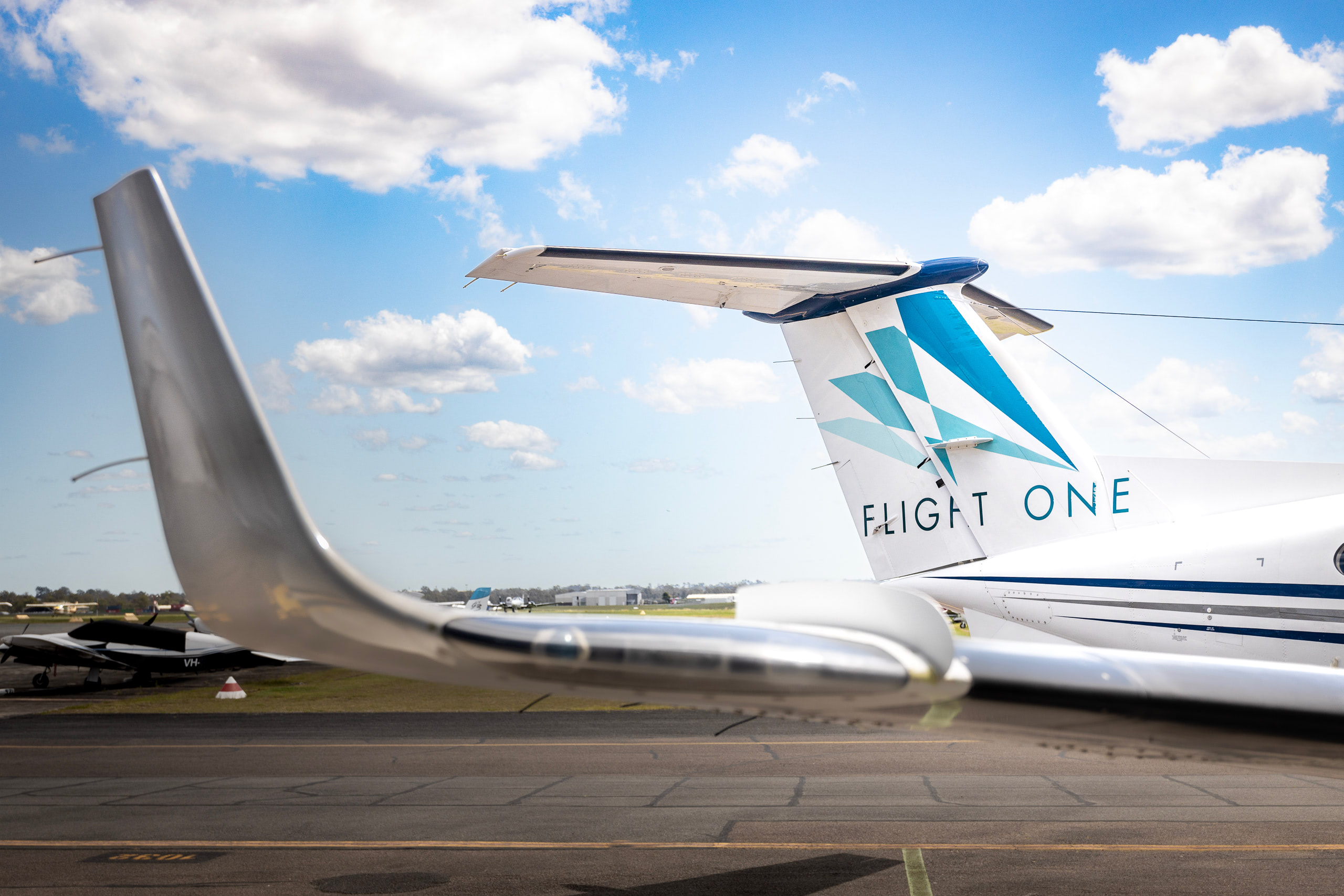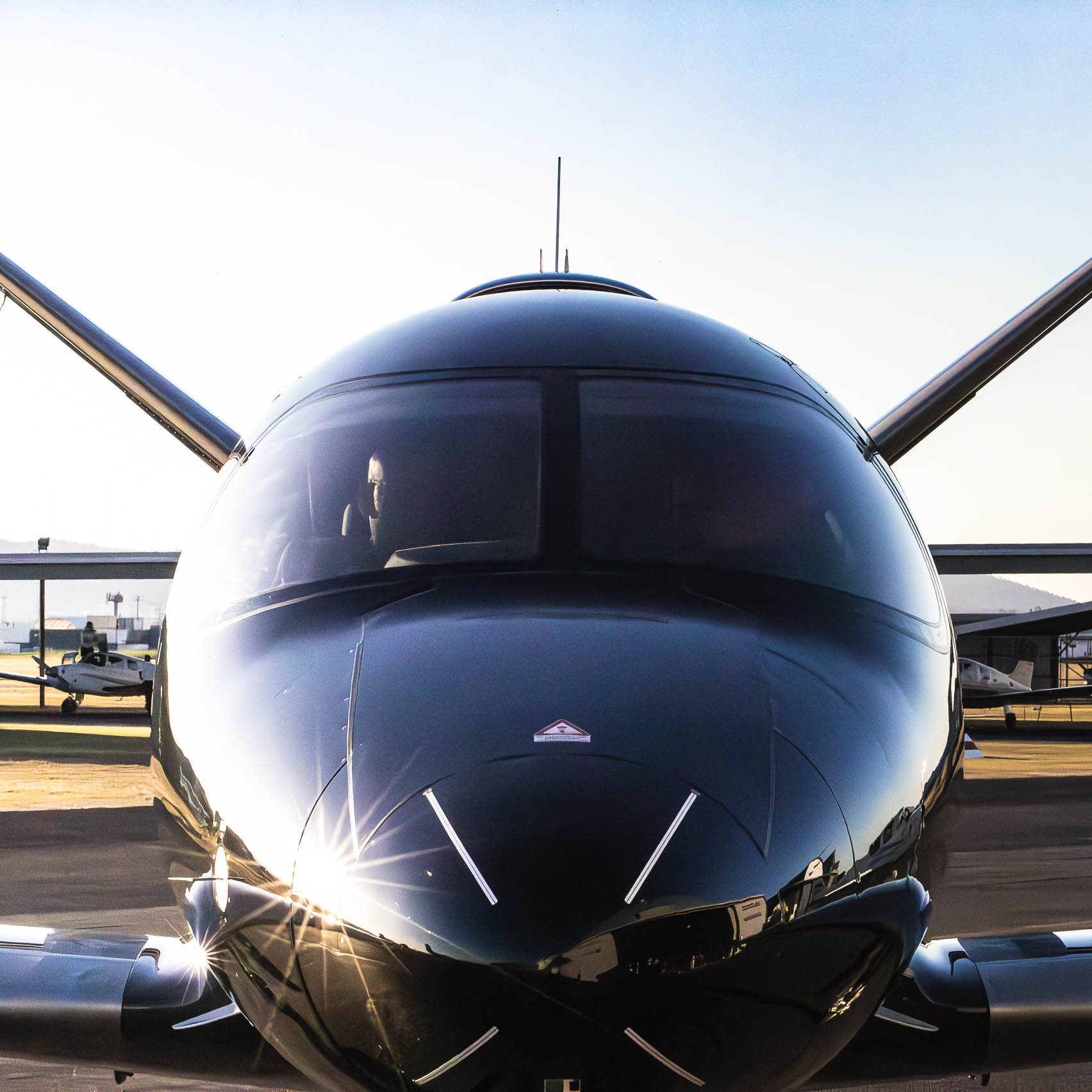
This page features a selection from the broader Flight One fleet including training and charter/hire (non-training) aircraft. Upon reaching relevant milestones, appropriately qualified trainees and graduates may apply to access fleet aircraft and take advantage of exclusive “in-house” hire rates.
The Cessna 172S was introduced in 1998 and is powered by a Lycoming IO-360-L2A producing 180 horsepower (134 kW). The maximum engine rpm was increased from 2,400 rpm to 2,700 rpm resulting in a 20 hp (15 kW) increase over the “R” model. As a result, the maximum takeoff weight was increased to 2,550 lb (1,157 kg). The 172S is built primarily for the private owner-operator and is, in its later years, offered with the Garmin G1000 avionics package and leather seats as standard equipment.
Certified on 7 May 1971 and introduced in late 1971 as a 1972 model, the PA-34-200 Seneca is powered by a pair of Lycoming IO-360-C1E6 engines. The righthand engine is a Lycoming LIO-360-C1E6 engine variant, the “L” in its designation indicating that the crankshaft turns in the opposite direction, giving the Seneca counter-rotating engines. The counter-rotating engines eliminate the critical engine limitations of other light twins and make the aircraft more controllable in the event of a shut down or failure of either engine.
Introduced for the model year 1969, the larger, more powerful Baron 58 was developed from the Baron 55, with an increased gross weight of 5,400 lbs. Depending on the variant, the Baron 58 is fitted with either Continental IO-520 or IO-550 300-hp engine. The Baron 58 can cruise at 200 knots (370 km/h) at 7000 ft (2100 m). The most significant change was a fuselage stretch of 10 inches (25 cm) and the introduction of double rear fuselage doors and reversible club seats in the center row, eliminating the need for passengers to climb over the center seats or through the rear baggage door to access the rear seats.
The Cirrus SR20 is an American piston-engined, four- or five-seat composite monoplane built by Cirrus Aircraft of Duluth, Minnesota, since 1999. The aircraft is the company’s earliest type-certified model, earning certification in 1998.
It was the first production general aviation (GA) aircraft equipped with a parachute to lower the airplane safely to the ground after a loss of control, structural failure, or midair collision. The SR series was also the first mass-manufactured light aircraft with all-composite construction and flat-panel avionics.
The Cirrus SR22 is a single-engine four- or five-seat composite aircraft built from 2001 by Cirrus Aircraft of Duluth, Minnesota.
It is a development of the Cirrus SR20, with a larger wing, higher fuel capacity, and a more powerful, 310-horsepower (231 kW) engine.
The SR22 series has been the world’s best-selling general aviation (GA) airplane every year since 2003. With 6,149 units delivered from 2001–19, and in combination with the SR20, a total of 7,645, it is the most-produced GA aircraft of the 21st century, and is the single most-produced GA aircraft made from composite material, accounting for over 30% of the entire piston aircraft market.
The Cirrus SR22 is equipped with a whole-plane emergency recovery parachute system: the Cirrus Airframe Parachute System (CAPS). This has contributed to its market success and has given it the nickname “the plane with the parachute”.
The Beechcraft Super King Air family is part of a line of twin-turboprop aircraft produced by Beechcraft. The Model 200 and Model 300 series were originally marketed as the “Super King Air” family; the “Super” designation was dropped in 1996. They form the King Air line together with the King Air Model 90 and 100 series.
The Super King Air family has been in continuous production since 1974, the longest production run of any civilian turboprop aircraft in its class. It outlasted all of its previous competitors; the only other pressurized multi engine turboprop utility aircraft now in production is the Piaggio P.180 Avanti.
